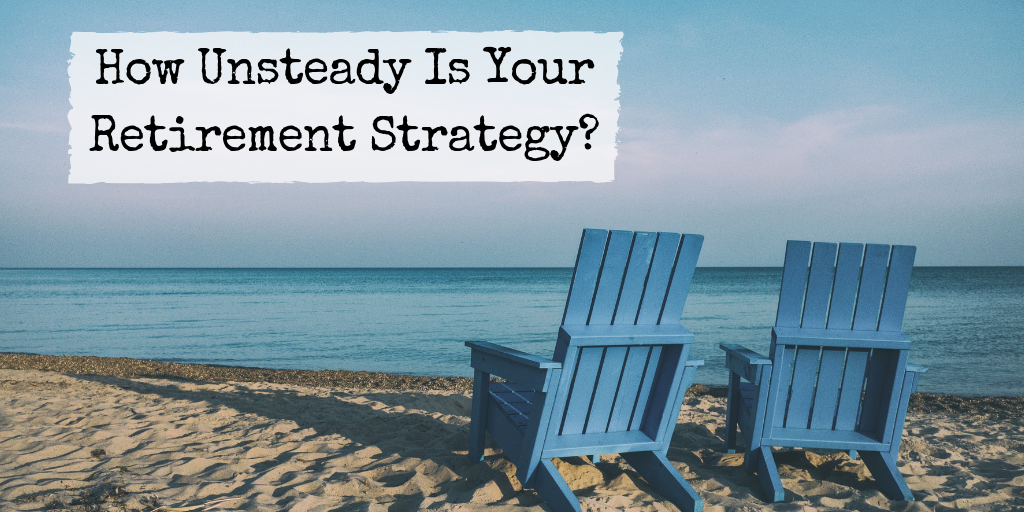Pre and Post Retirement Financial Planning

I get a lot of questions regarding pre- and post-retirement planning, but today I wanted to address one that is most frequently asked.
I’m retiring at the end of this year. I used a fee-based advisor five years ago to ensure I was on the right track to retire. Based on prior analysis and goals, I have accumulated enough assets to retire as planned. What are the top five areas that I should ask my advisor to focus on now that I’m changing from the accumulation phase to the drawdown phase?
Great question!
Well, first off congratulations on having a plan for your retirement!
First Steps
Now that you have reached your asset goal, here is what you would look at as you enter retirement. Keep in mind that once your paycheck stops, you become totally dependent on your pension and social security plus the income from your investments.
The first thing you and your financial advisor should do is segment your planned spending between three categories: (1) needs, (2) wants, and (3) wishes. Put a price tag to each one.
- Needs: What do you need to live on? (food, clothing, housing, utilities, etc.)
- Wants: What would you like to spend money on? (travel, cars, recreation, etc.)
- Wishes: What would you buy if you had the money? (boat, second home, etc.)
A good retirement plan will determine your probability of success. If the probability of running out of money is high, you can adjust your spending plans before problems arise.
Think About All Possible Outcomes
Meet with your financial planner and discuss what worries you. Most people entering retirement fear major financial losses. Are you concerned about medical expenses? How would premature death affect you and your spouse? What if you lived too long? How will inflation affect your plans?
Determine the effect of these concerns on your lifestyle. Discuss what you can do to minimize these concerns.
How much risk are you taking? Many people don’t really know. As you enter retirement you are most vulnerable to sequence-of-return risks. Major financial losses just before or after retirement can ruin your plan.
Ask your advisor to determine your portfolio’s Risk Number. This determines how your portfolio would withstand the kind of losses incurred during the last recession, for example. Should you be making some changes?
Ask your financial advisor to review the ownership and beneficiary designation of all your assets. That includes your financial assets as well as your home and anything else of value.
Your financial planner should be able to address these issues. You have worked a lifetime to get to this point. You want to make sure that the retirement that you dreamed of will become reality.











